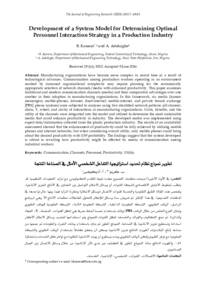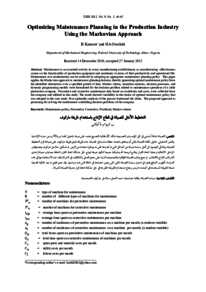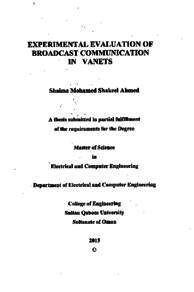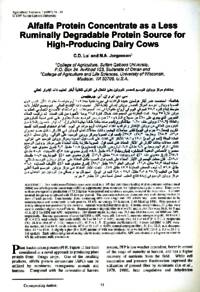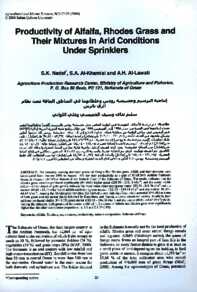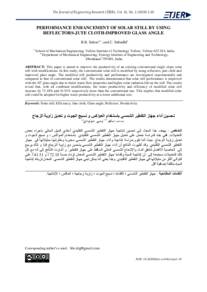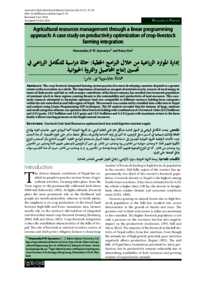Document
Development of a system model for determining optimal personnel interaction strategy in a production industry.
Contributors
Adekiigbe, A., Author
Publisher
Sultan Qaboos University.
Gregorian
2017
Language
English
English abstract
Manufacturing organizations have become more complex in recent time as a result of technological advances. Communication among production workers operating in an environment marked by increased organizational complexity may require planning for the economically appropriate selection of network channels/media with enhanced productivity. This paper examines traditional and modern communication channels (media) and their comparative advantages over one another in their adoption in manufacturing organizations. In this framework, six media (human messengers, mobile-phones, intranet, fixed-internet, mobile-internet, and private branch exchange [PBX] phone systems) were subjected to analyses using five identified network patterns (all-channel, chain, Y, wheel, and circle) of interactions in manufacturing organizations. Costs, benefits, and the utility of the channels were integrated into the model and utilized to determine the most sustainable media that could enhance productivity in industry. The developed model was implemented using expert data/information collected from the plastic production industry. The results of an availability assessment showed that the enhancement of productivity could be fully achieved by utilizing mobile phones and internet networks, but when considering overall utility, only mobile phones could bring about the desired productivity with 0.59 probability. The findings suggest that the system developed is robust in revealing how productivity might be affected by means of communication among industrial workers.
Member of
ISSN
1726-6742
Resource URL
Citation
Kareem, B., & Adekiigbe, A. (2017). Development of a system model for determining optimal personnel interaction strategy in a production industry. The Journal of Engineering Research, 14 (1), 49-63.
Arabic abstract
في الآونة الأخيرة أصبحت منظمات التصنيع معقدة نتيجة للتقدم التكنولوجي. مع تزايد التعقيدات التنظيمية قد يتطلب تخطيط الاختيار الاقتصادي لشبكة القنوات أو وسائل الإعلام التواصل بين العاملين في الإنتاج لتعزيز الإنتاجية. وتفحص هذه المقالة الطرق التقليدية والحديثة لقنوات الاتصال (وسائل الإعلام) ومقارنة المزايا فيما بينها حال تواجدها في المنظمات التصنيعية. في هذا الإطار تم تعريض ستة وسائل الإعلام للتحليل التفاعلات منظمات الإنتاج ألا وهي (برنامج المراسل، الهاتف الخليوي، الشبكة العنقودية الداخلية، الشبكة العنقودية الثابتة، الشبكة العنقودية للهاتف الخليوي وتبادل الفرع الخاص من خلال الهاتف (PBX وذلك باستخدام خمسة أنماط معرفة هي (كل القنوات، السلسلة، Y ، العجلة والدائرة). تم دمج التكاليف والفوائد والخدمات لكل القنوات للنموذج وتم استخدامها لتحديد وسائل الاعلام الأكثر استدامة وتستطيع تعزيز الإنتاجية في الصناعة. النموذج المطور تم بناؤه باستخدام بيانات الخبراء والمعلومات تم جمعها من صناعة إنتاج البلاستيك. أظهرت النتائج تعزيز الإنتاجية يمكن أن يتحقق كاملا باستخدام الهاتف الخليوي والشبكة العنقودية مع توفر التقييم ولكن الهاتف الخليوي وحده يستطيع أن يوجد الإنتاجية المطلوبة مع توافر كل الخدمات باحتمالية 0.59. وأظهرت النتائج متانة النموذج المطور في الكشف عن مدى تأثر الإنتاجية من خلال وسائل الاتصال بين العمال الصناعيين.
Category
Journal articles

